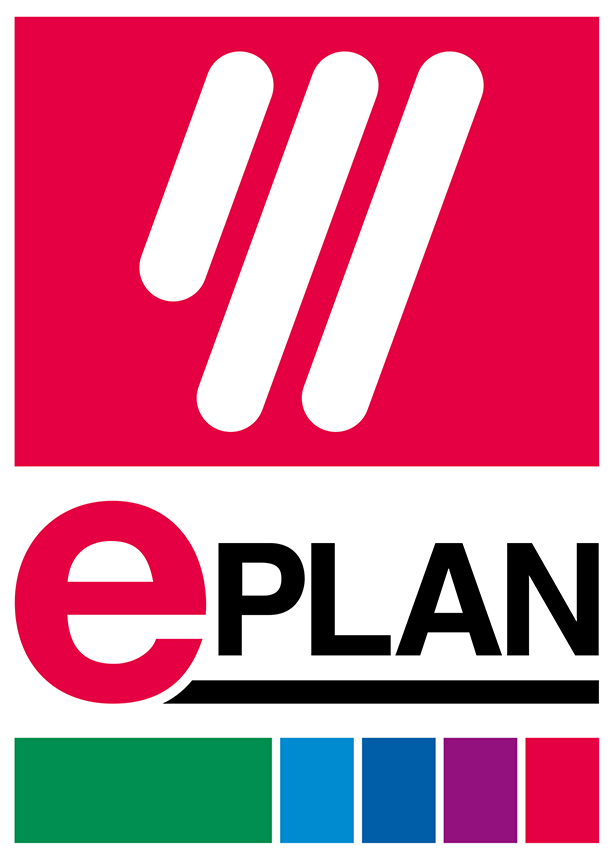
The new frontier of engineering project execution efficiency lies in the effective integration of engineering tasks across disciplines as well as through time across the entire life of the project. Database-driven automation design software can make this frontier not only practical, but practicable, by vastly improving three major components of production: integration, collaboration, and flexibility and automation.
1. Integration
Integration – or bidirectional communication across complementary information systems – has become the cornerstone of many successful engineering projects. Nowhere is this integration more prevalent than in the database-driven software of the 21st century.
Early computer-aided engineering (CAE) tools were stand-alone suites that didn’t work well with other components of the design and manufacturing process. Modern-day database-driven automation design software integrates seamlessly with the other aspects of the project – from mechanical design packages to product lifecycle management tools to corporate enterprise resource planning systems – to provide even greater efficiency.
Imagine a degree of integration where project documentation can be converted into language that all departments – from sales to purchasing to accounting – can easily understand. Now imagine the results this would have on the accuracy of quoting, production, and delivery scheduling. Such transparency and efficiency is possible thanks to the integration of database-driven automation design software.
2. Collaboration
21st-century database-driven automation design software allows engineers of every discipline to work concurrently and collaboratively rather than separately. Gone are the days of passing project plans back and forth from process engineer to electrical engineer to subsystem engineer for changes to be made. Today’s database-driven CAE environments internalize the tools needed by the myriad engineering disciplines into one complete package that minimizes delays and inefficiencies and streamlines the design and manufacturing process.
Data within and across engineering disciplines is automatically and continuously cross-referenced and changes are communicated to all participants. When a design is finalized, the CAE software can generate a complete build package for manufacturing (i.e., diagrams, lists, and even setups for custom components) and then convert projects to different languages and output formats making it easier to collaborate with colleagues, customers, and suppliers around the world.
3. Flexibility & Automation
Database-driven design systems can save time and resources by simplifying the generation of multiple variants and configurations of the same product. These CAE systems make it easy to archive and reuse blocks or pieces of already-validated data – templates, if you will – that can then be scaled to the requisite size (including all engineering data throughout all schematics and lists) and reproduced.
This type of flexibility and automation has led many companies to build large component archives using the CAE software database so that product lines contain as much of this pre-defined content as possible – the ultimate goal being the complete automation of the manufacturing process from just a few keystrokes or mouse clicks. For example, EPLAN accomplishes this flexibility through the EPLAN Data Portal that provides online access to the device data of numerous component manufacturers.
Conclusion
Through every step of production, unified database-driven design software improves integration and collaboration, provides unprecedented flexibility and automation, and allows machine builders and end users to achieve a step-change in productivity not possible with past methods.




